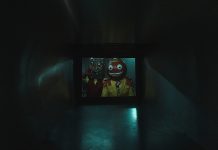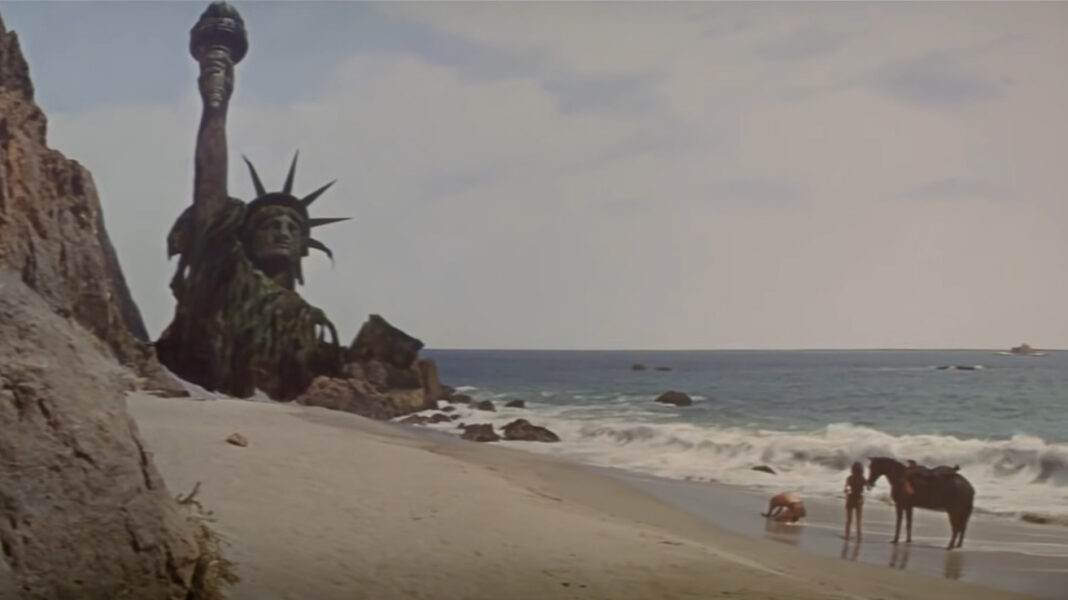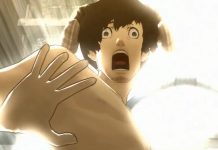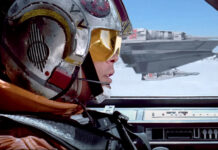Plot twists are a quintessential element in cinema that has only increased in popularity and prevalence over the decades. Some work beautifully, sending the audience reeling in shock and astonishment, whether in terror, sadness, or a mixture of several emotions. Then there are those that can be surmised easily and well before the reveal, inciting groans of frustration and eye rolls from viewers.
No matter which end of that spectrum the twist lands on, movies with surprise endings always get an audience talking, mulling over the clues and plot points that led up to the unveiling. The impact of this form of storytelling can’t be understated, and the most cleverly crafted twists tend to leave a mark on us that lingers long after the credits roll.
We all know them – Darth Vader is Luke’s father, Bruce Willis’ character was dead the whole time, and Tyler Durden is really just the Narrator’s alter ego – just to name a few. We can go back further, though, 55 years to be exact, to what many consider to be one of the granddaddies of shocking endings: back to that famous Earthly landmark sticking out of the sand and those damn dirty apes.
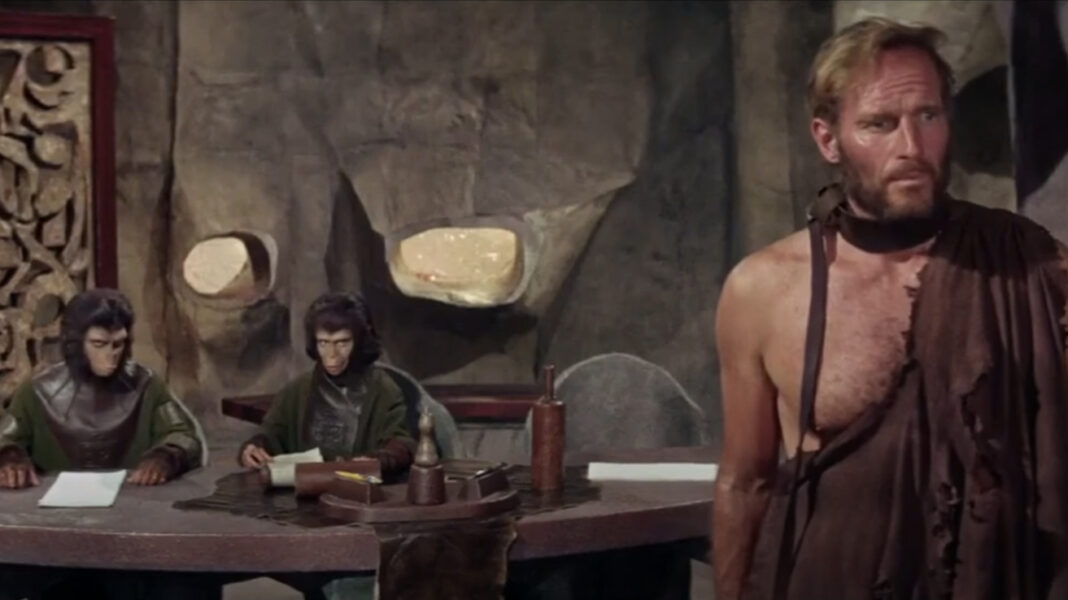
Planet of the Apes rode into theaters in 1968, becoming an instant classic thanks to its groundbreaking special effects, unique plot, unprecedented star power, and of course, that infamous twist ending. Directed by Franklin J. Schaffner, with a screenplay by Michael Wilson and Rod Serling that was based loosely on the novel by Pierre Boulle, it’s largely regarded as one of the best science fiction films of all time.
Starring Charlton Heston in the lead role as astronaut George Taylor, Planet of the Apes begins with Taylor and fellow shipmates Landon (Robert Gunner) and Dodge (Jeff Burton) awakening from hibernation to find they’ve crash landed on a distant planet in the year 3978. They discover the planet is run by highly evolved and intelligent apes, who are the dominant species and have enslaved a primitive, mute human race. Taylor is captured while his comrades meet a much more sinister fate, with Dodge shot and killed, his body later stuffed and put on display, and Landon lobotomized.
RELATED: ‘The Twilight Zone’: 10 Things You May Not Know
Much of the film centers on Taylor’s attempts to free himself as he learns about the apes’ strict caste system, which puts gorillas as the acting militia, and chimps as scientists and doctors. He eventually befriends chimps Dr. Cornelius (Roddy McDowall) and Dr. Zira (Kim Hunter), who help save his life and later aid in his escape.
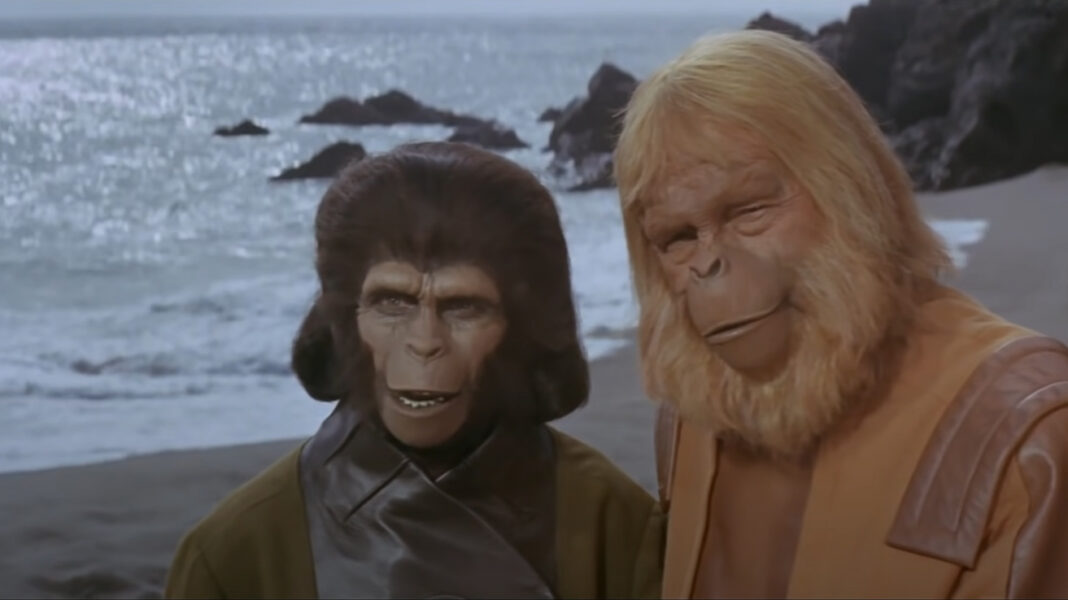
When it’s discovered that Taylor can speak, thus proving that humans are capable of a higher, more equal intelligence, he’s immediately put on trial to determine his fate. The apes now fear Taylor, deeming him a threat to their carefully organized political system, and assume he’s from a far-off tribe somewhere else on the planet.
After Cornelius and Zira free him, he’s taken to the notorious “Forbidden Zone,” where we get the aforementioned big swerve. The sight of the Statue of Liberty sticking out of the sand, revealing that Taylor has been on a war-decimated Earth the entire time, paired with his anguished cries of despair, was so unexpected and so shocking, it’s no surprise that so many subsequent films have attempted to recapture that “gotcha” moment.
The franchise would go on to include four direct sequels and four remakes/reboots, starting with 2001’s ill-fated Tim Burton-directed rehash starring Mark Wahlberg. That rendition was met with harsh criticism, particularly for how it changed that beloved ending from the original film. Though it did try to provide its own unique twist, audiences reacted negatively to the change of an ending that is so iconic. Possibly most surprising is the fact that Burton’s ending is much closer to that of the book, which does not include the planet earth plot twist.
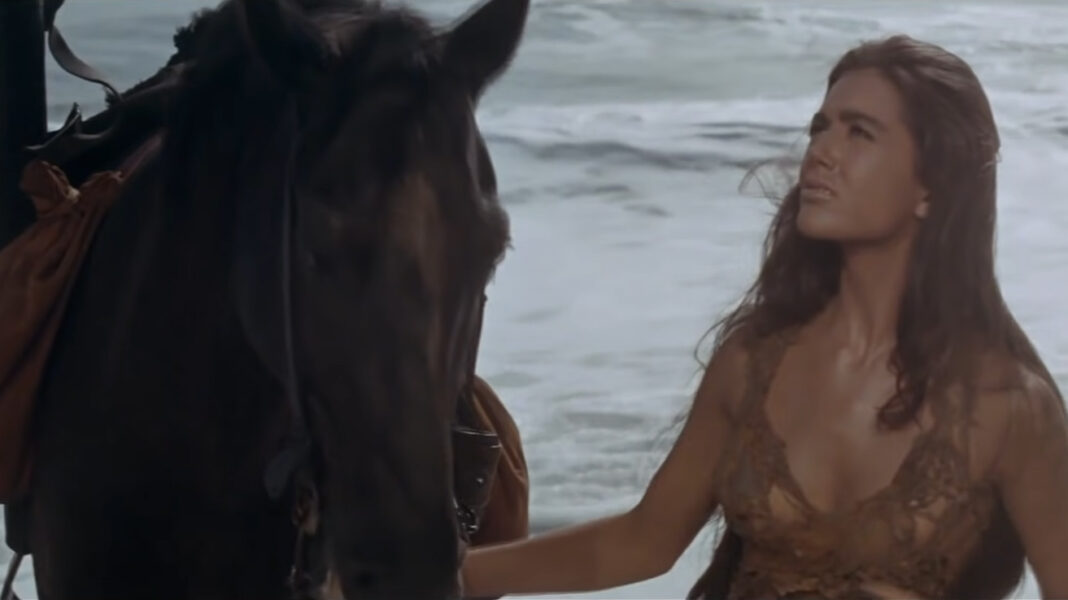
The script went through many rewrites, with Serling penning the original and screenwriter Michael Wilson coming in later and restructuring the entire piece. Wilson rewrote most of the dialogue and depicted the ape society as less advanced than what Serling wanted, citing that it would require smaller-scale sets and therefore be less expensive to shoot.
RELATED: ‘Hell Comes to Frogtown’: A Look Back at Roddy Piper’s Weird, Amphibious Sci-Fi Flick
Regardless of the measures taken to get the story to its final cut, fans of the movie deem it a perfect piece of cinema. Yes, much of that is thanks to that whopper of a finale, but it goes deeper than that. The depiction of the ape society as one with hierarchy and culture, and the flip-flopping of humans being the lesser species, remains a standout in cinematic storytelling to this day.
We, as humans, tend to be arrogant creatures. We know our place in the world as a prevailing class and are confident in that domination. To see a portrayal of us as nothing more than animals, not even able to speak, is jarring to our sensibilities. The impact of that role reversal is enough of a gut punch on its own. To provide a roundhouse kick in the movie’s final moments that no one saw coming was a bold move that has paid off substantially.
Planet of the Apes is by no means the only movie to utilize this now-famous plot twist technique, and it may not even be the best. It is, however, a landmark pioneer in writing that is highly talked about and beloved by moviegoers today and shows no signs of going away anytime soon.












